After taking the train from Machu Picchu back to Ollantaytambo, I had another few days before coming back to my hostel in Cusco, and after crisscrossing the town and climbing both the official “sanctioned” Incan ruins and the much better, higher, and less expensive “un-official” ruins complete with flimsy guardrails and a few areas where I had to make an effort to not slide my way down a very tall mountain, I still had a day to kill. What does one do in a situation like that? Google “things to do in town X,” of course.
I had no interest in big group tours of the Sacred Valley, as I was going to just take a bus and see them on my own time. Nor did I have an interest in quad-racing or adventure-bike tours, all of which were offered at practically every city and village I found. After about 30 minutes of searching, I came upon a tour from a company I had never heard of called Awamaki. Intrigued, I read on. Awamaki was a non-profit organization that works to help local women who live in several communities in the mountains above Ollantaytambo to start their own businesses using their skills in spinning, weaving, and knitting and sell their wares directly to tourists and others, helping sustain eco-friendly tourism.
After signing up the night before the tour, I met up with a couple who also signed up for the trip, we met our guide, a local volunteer with Awamaki, and headed up into the mountains to a village where we would be meeting several of the women working with Awamaki. We watched a demonstration of the spinning process to get the wool into thread, and the weaving and knitting painstakingly done by hand and passed from generation to generation, watched as they (and their families) made us a delicious lunch of chicken, peas, plantains, and potatoes, and then had them help us each make our own wrist bracelets as a souvenir of our time, not to mention buying several of their own pieces at the culmination of our trip.
Here are some of my favorites from the day 🙂
This is a view as I was leaving my hostel on the outskirts of town.
The local market – the local Quechua women setting out their wares before the first tourist busses start rolling through in a few hours to visit the Incan ruins.
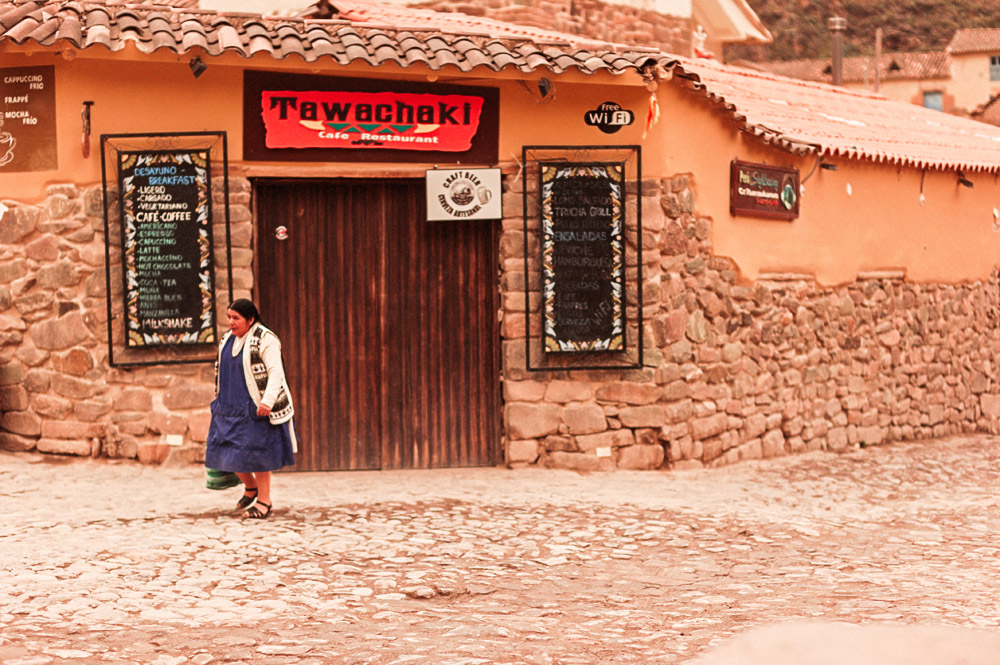
Most of the streets, cobblestones, and some of the buildings are from Incan times – unchanged.


Local transportation – 1 sol gets you from most anywhere in/around town.

Incan water channel along each and every street in town.



Spanish church from the 1600’s in the mountains high above Ollantataytambo.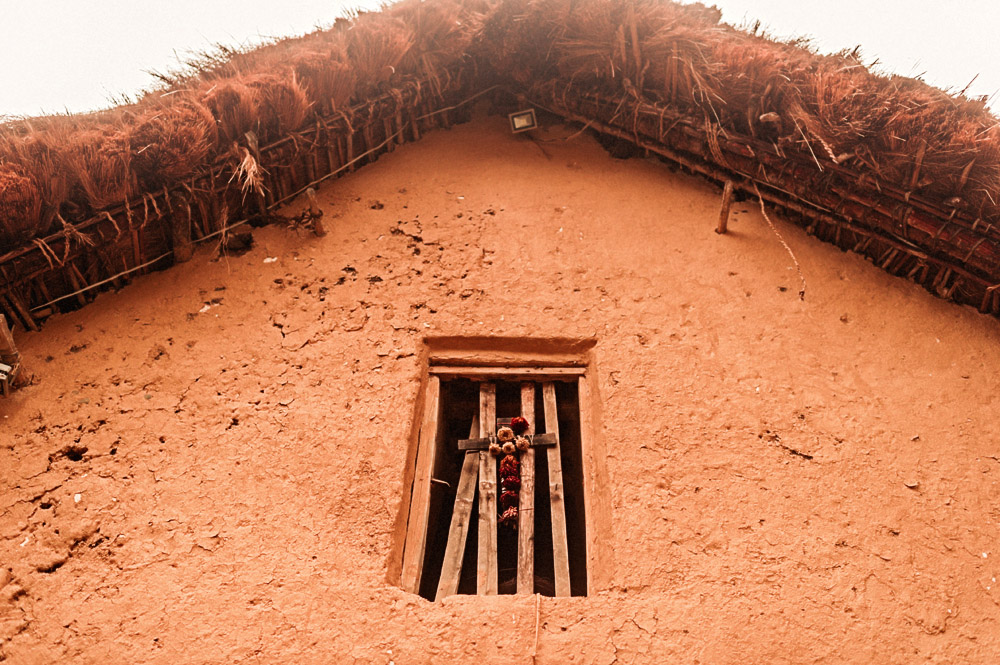

Some of the necessities for dying and coloring the alpaca wool, including plants and roots.

Some dyed Alpaca wool.


Laughing as she explains some of the plants used in the coloring of the wool, this is one of the local women in the community that we visited.

So many delicious potatoes…


The husband of one of the women helping add some of the plantains to the lunch mixture that would continue to cook underneath rocks and wheat for a few hours while we would attempt (and fail) to try to spin our own wool.


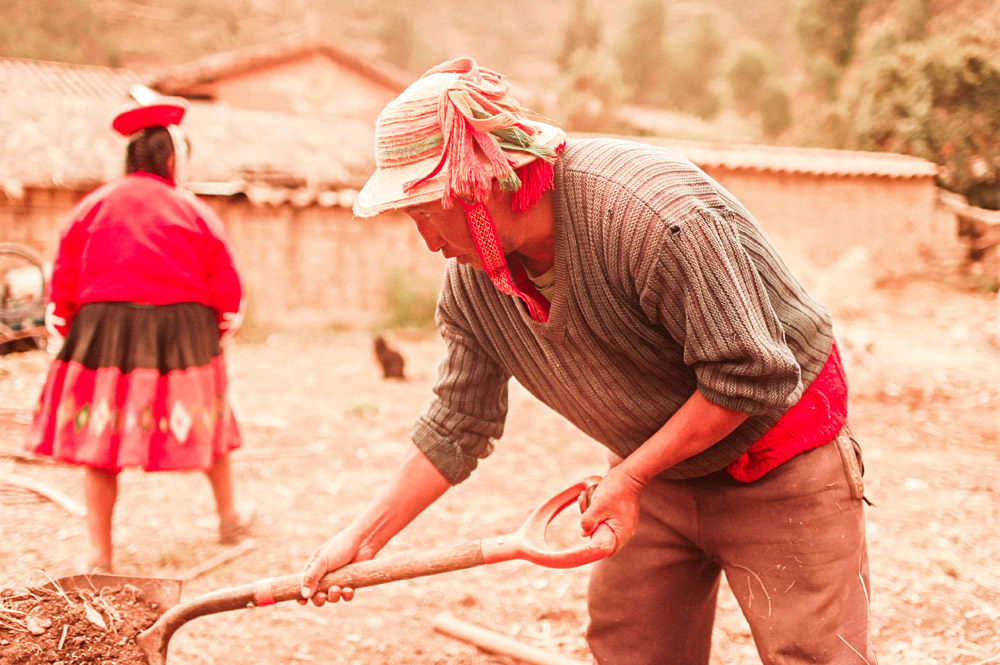


Cat.








Each design was pre-planned in her head, she knew exactly what the design would be, and how to go about making it, from the first line. Something like that would take her weeks if not months to make.

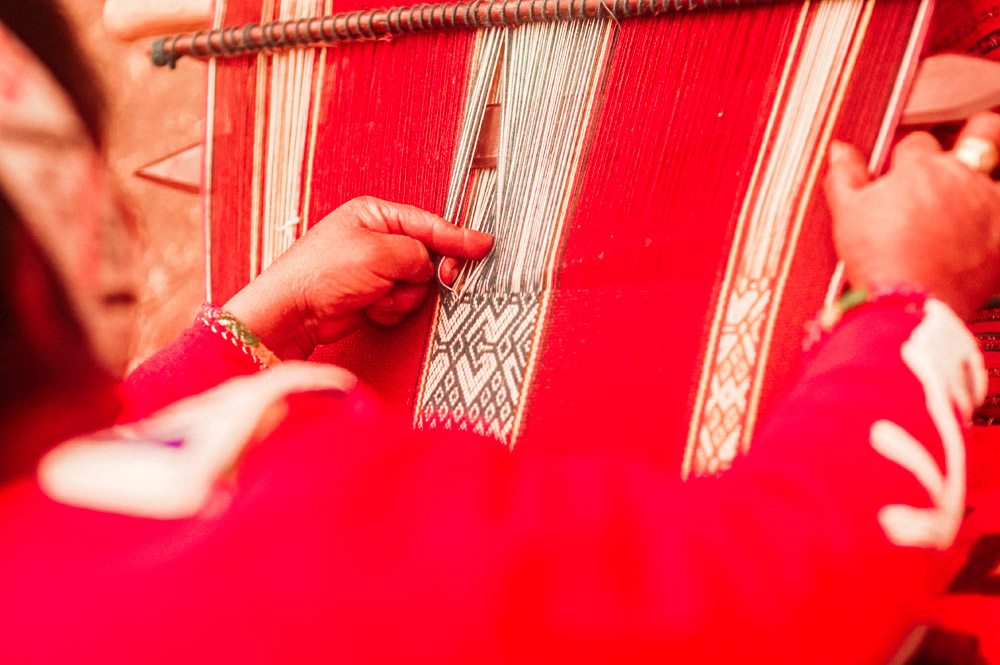

Teaching us how to work on our own wristbands.




Collecting the lunch ingredients from the fire.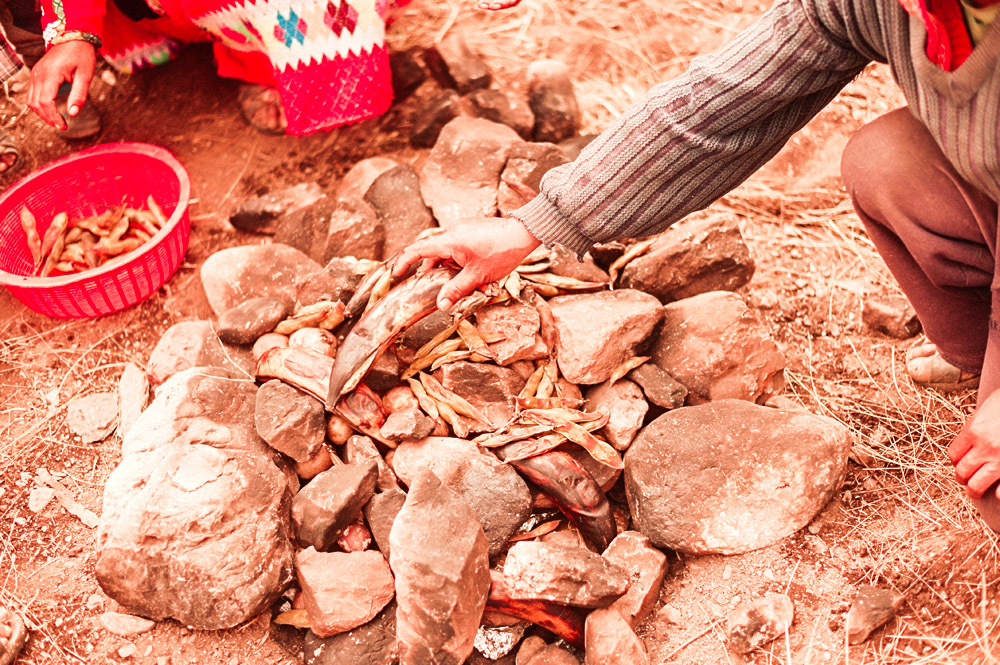

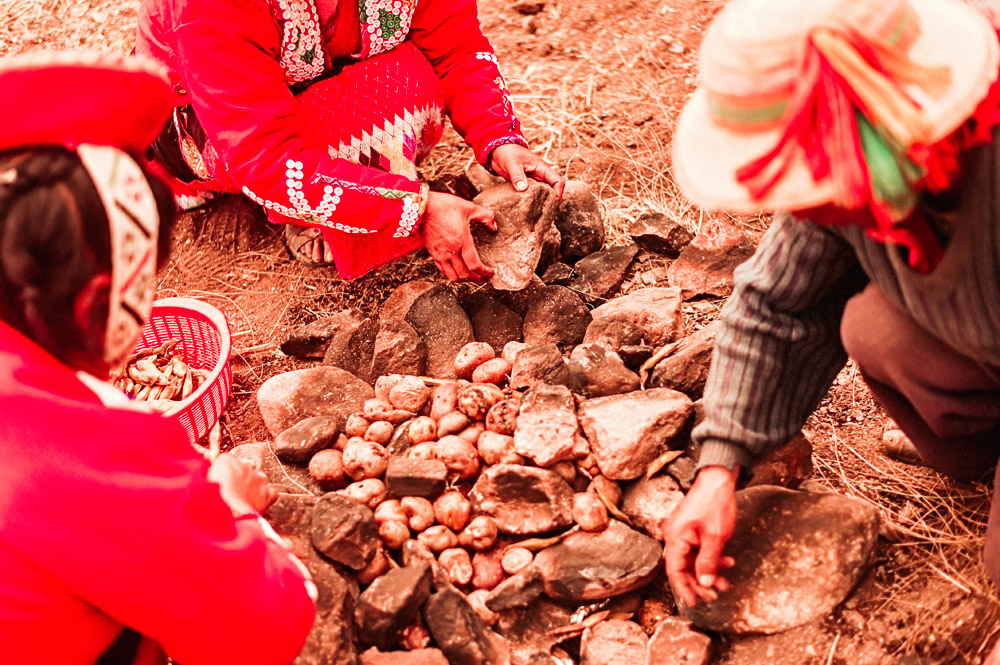
Not cat.
Dog.
Lunch!




Yes, this is a chicken not allowing a cat to steal its lunch… which consists of roasted chicken.




Dog.
The ollantataytambo ruins.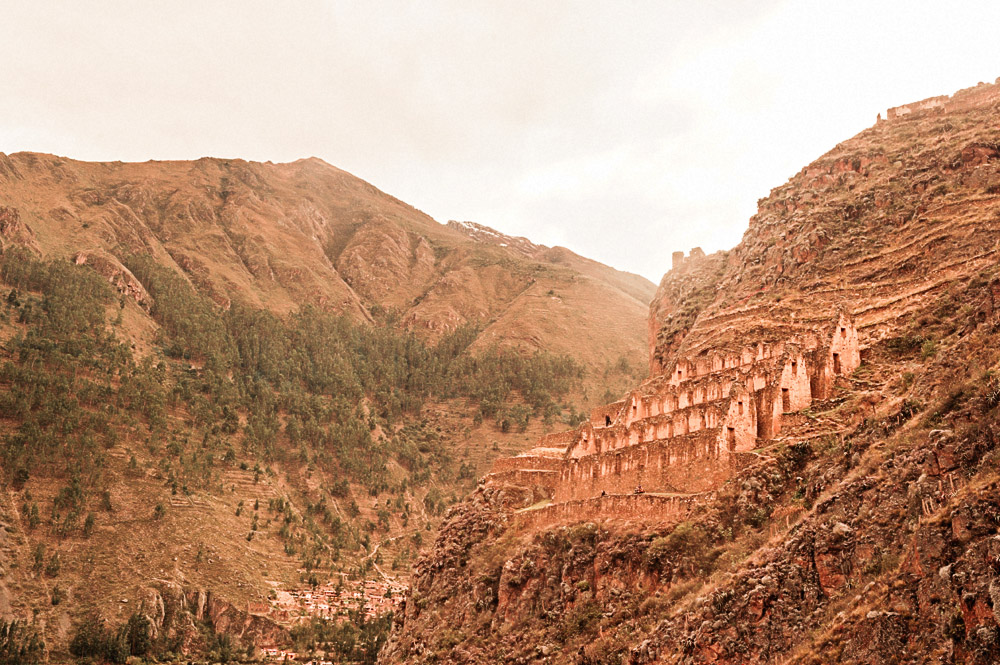




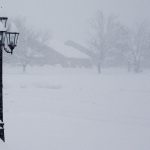
Leave a Reply